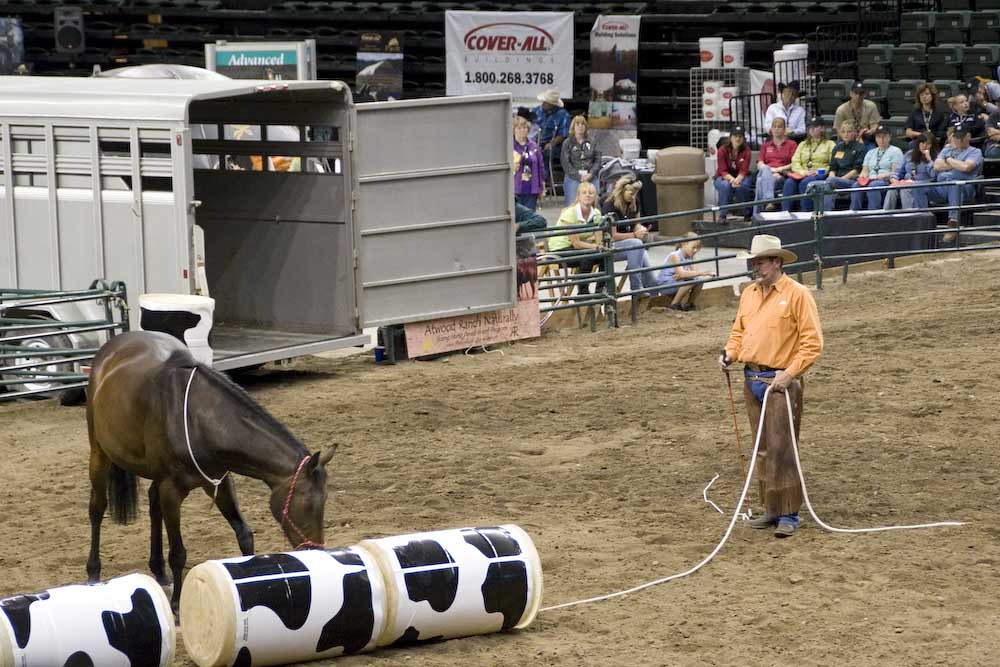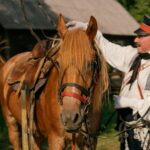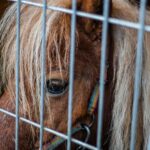When training a young horse, introducing obstacles is a crucial step in creating a confident, versatile equine partner. This process requires patience, consistency, and an understanding of equine psychology. Teaching a horse to navigate obstacles isn’t just about physical training—it fosters trust, builds confidence, and strengthens the bond between horse and handler. Whether you’re preparing for trail riding, competitive events, or simply want a well-rounded horse, proper obstacle introduction lays the foundation for success. This comprehensive guide walks you through effective methods for introducing various obstacles to your young equine companion, ensuring a positive experience that builds—rather than diminishes—their confidence.
Understanding Your Horse’s Natural Instincts
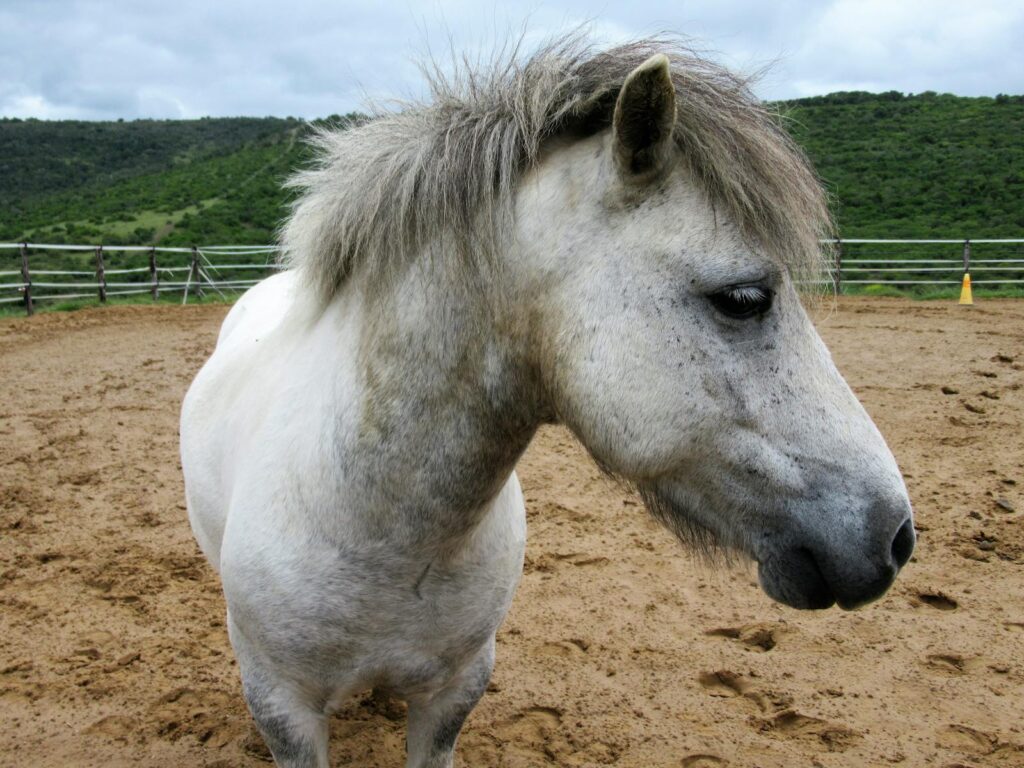
Horses are prey animals with instincts that make them naturally cautious of unfamiliar objects and situations. When a horse encounters something new, their first instinct is often to flee rather than investigate. This flight response is deeply ingrained in their psychology as a survival mechanism. Understanding this helps explain why some horses react dramatically to objects that seem harmless to us. By recognizing and respecting these instincts, you can develop training approaches that align with your horse’s natural tendencies. What may appear as stubbornness or defiance is often fear or uncertainty—requiring patience and reassurance, not punishment.
Creating a Safe Training Environment
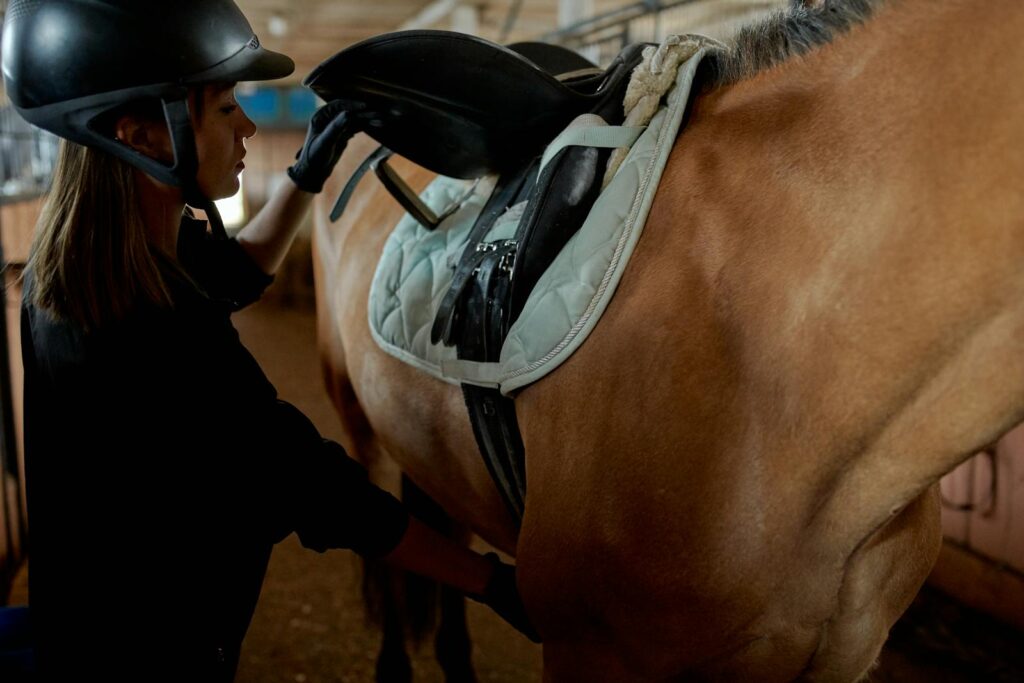
Before introducing obstacles, ensure you’re working in a secure, enclosed space with good footing, free from distractions. An arena, round pen, or small paddock with appropriate fencing provides safety without creating a claustrophobic atmosphere. The area should be free of hazards such as protruding nails, sharp edges, or uneven ground that could cause injury or negative associations. Good footing is essential—slippery or deep surfaces can cause falls or strains. Consider weather conditions, as extreme heat, cold, or wind can affect your horse’s focus. Always provide enough space for your horse to move freely around obstacles without feeling trapped.
Starting with Basic Leading and Ground Skills
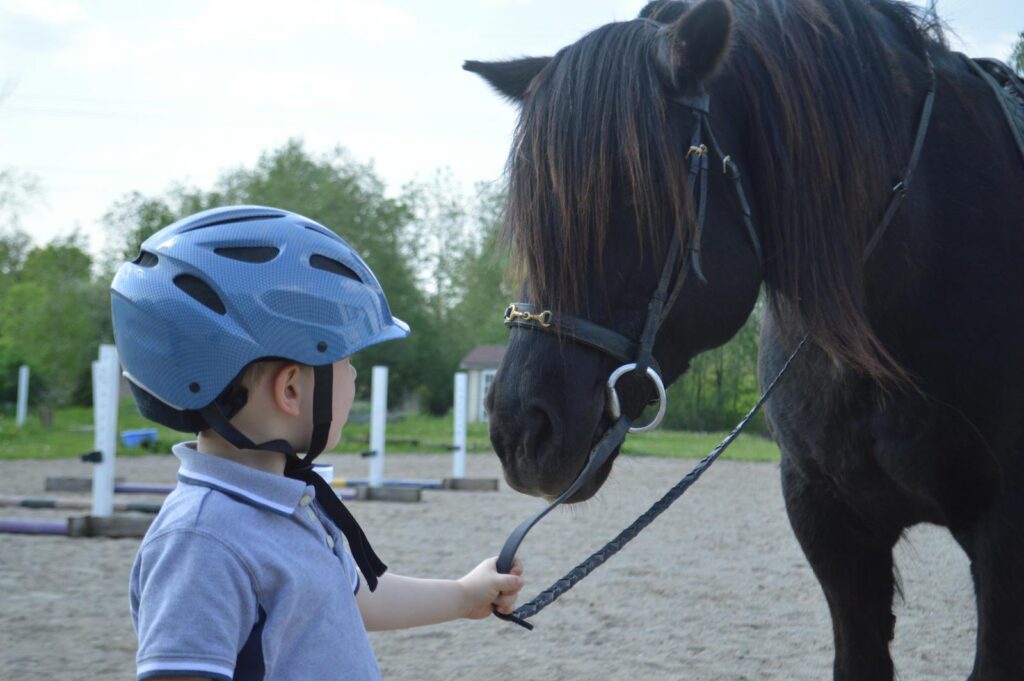
Your horse should master basic groundwork before tackling obstacles. Ensure they lead respectfully, stop promptly, back up on cue, and yield to pressure from both sides. These skills provide the control and communication needed for navigating challenges. Practice these fundamentals in familiar settings before introducing new elements. A horse that responds confidently to your body language and subtle cues is easier to guide through unfamiliar territory. Pay special attention to yielding the hindquarters, which can help you manage fearful reactions safely. Solid groundwork establishes a communication system that becomes invaluable when introducing new challenges.
Desensitization Techniques
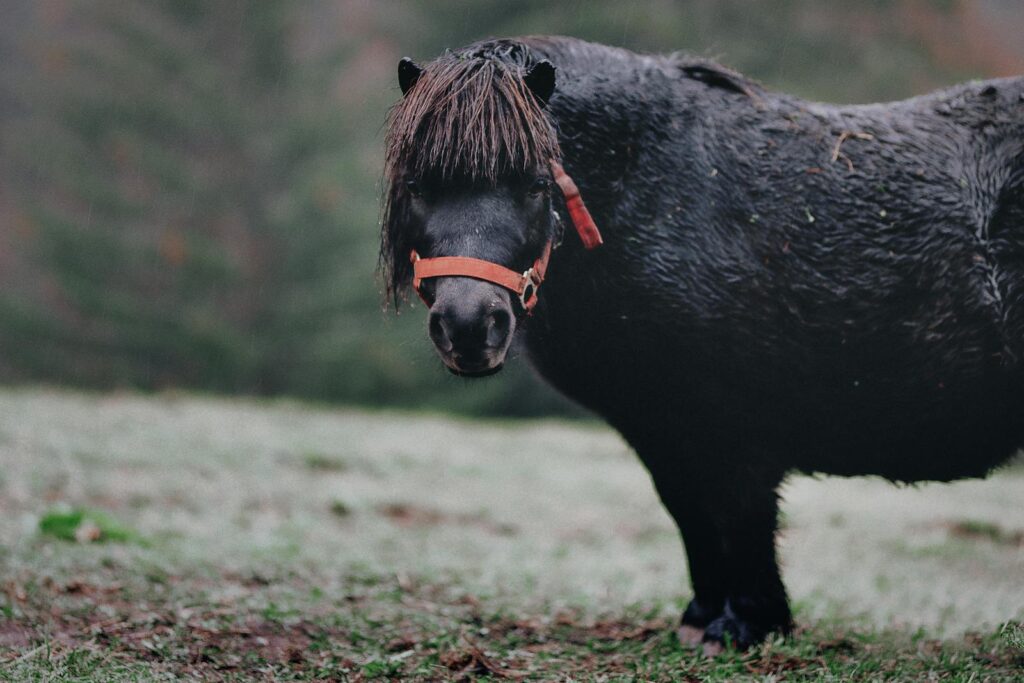
Desensitization involves introducing potentially scary objects gradually until the horse accepts them calmly. Start with low-intensity items like plastic bags, tarps, or flags, placed far enough away to avoid panic. As your horse relaxes—signaled by a lowered head, licking and chewing, soft eyes, or steady breathing—gradually bring the object closer. The approach-and-retreat method works well: present the stimulus, then remove it when your horse shows curiosity or calmness. This rewards bravery by releasing pressure. Patience is essential; rushing this process can cause lasting fear responses. True desensitization means the horse feels safe, not just tolerates the stimulus while remaining tense.
Using Positive Reinforcement
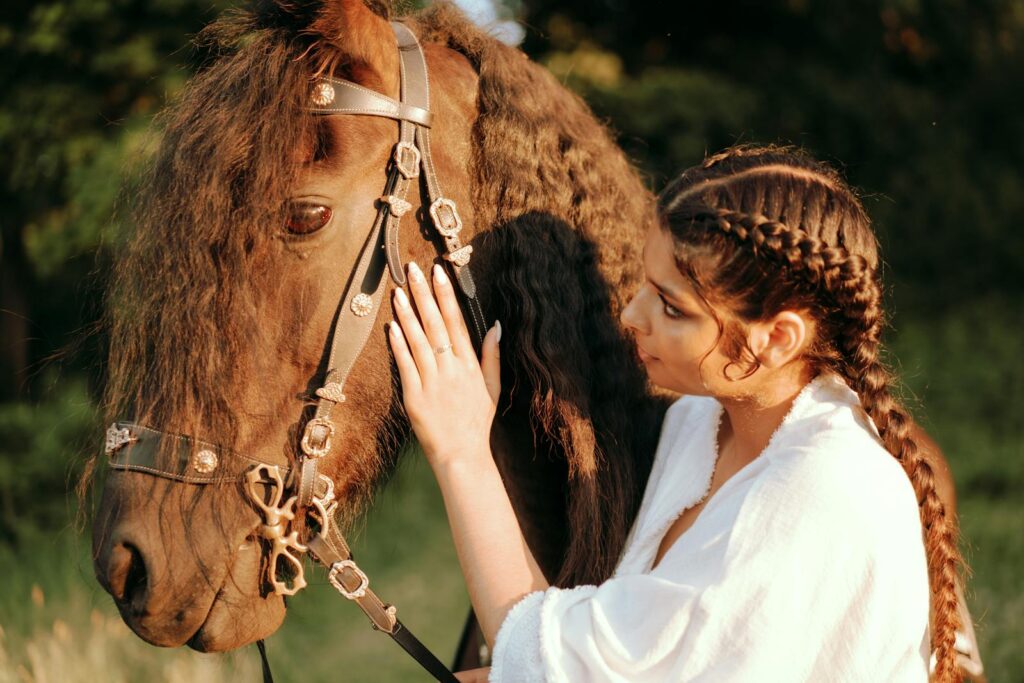
Positive reinforcement encourages horses to become willing learners. Reward any sign of curiosity or bravery with treats, scratches, verbal praise, or a release of pressure. Timing is critical—rewards must follow the behavior within seconds to be effective. Many horses respond well to food, but be careful not to encourage pushy behavior. Use a consistent marker, such as a clicker or a verbal cue like “good,” to help bridge the gap between behavior and reward. Some horses prefer physical affection or rest breaks. Discovering what motivates your horse will significantly enhance your obstacle training success.
Introducing Ground Poles
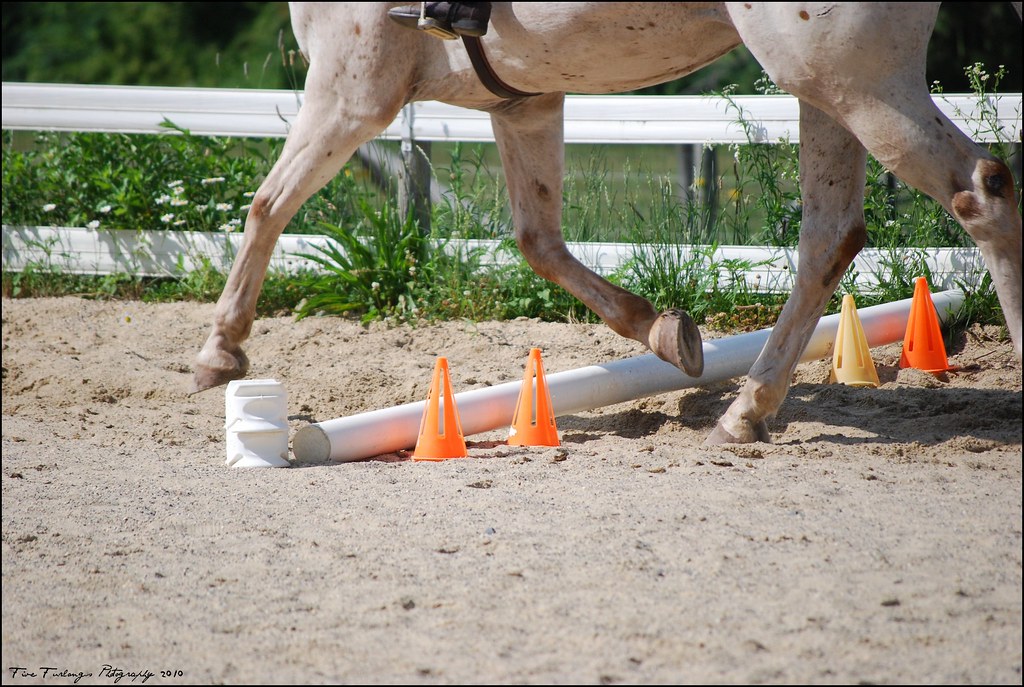
Ground poles represent an excellent first obstacle for young horses as they’re minimally threatening while teaching valuable lessons about foot awareness. Begin with a single pole on the ground, leading your horse at a walk perpendicular to it, allowing them to investigate before attempting to cross. If the horse seems concerned, try walking alongside the pole first rather than over it. Once comfortable with one pole, gradually add more with appropriate spacing—approximately 4-5 feet apart for walking. As your horse gains confidence, you can create more complex patterns like fans, zigzags, or L-shapes to improve their coordination and attention. Ground poles also serve as excellent preparation for future jumping training, teaching the horse to balance themselves while navigating objects underfoot. Throughout this process, maintain a relaxed attitude—tension travels down the lead rope, so your confidence directly influences your horse’s response.
Tackling Tarps and Plastic
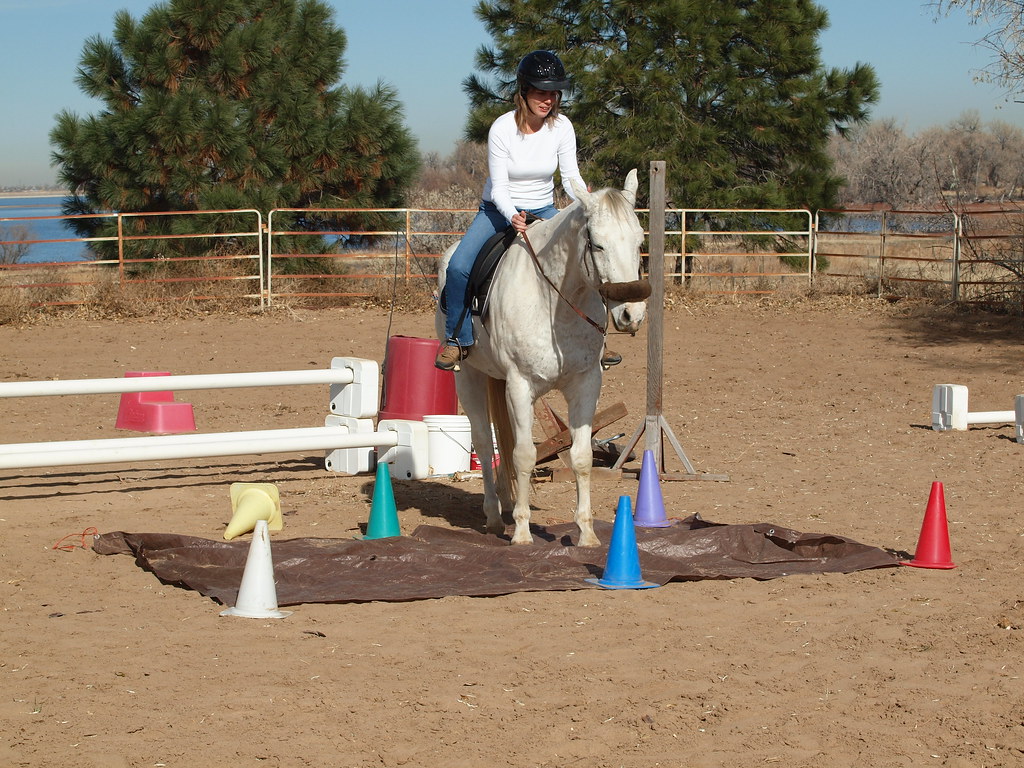
Tarps and plastic sheets create visual, auditory, and tactile challenges that prepare horses for many real-world scenarios. Begin by folding the tarp into a small rectangle, allowing the horse to sniff and investigate it from a distance they find comfortable. Gradually unfold it, allowing it to make noise and move slightly as you progress. Once your horse accepts the stationary tarp, try placing it on the ground for them to walk over, starting with just a corner before asking for complete crossing. For especially nervous horses, consider laying the tarp near their feeding area for several days to create positive associations. Many trainers find success by placing the tarp where the horse must cross it to reach companions or return to their stall. Remember that these materials can be particularly frightening due to their unnatural movement and sound, so proceed with extra patience and break this obstacle into very small, achievable steps.
Navigating Water Obstacles
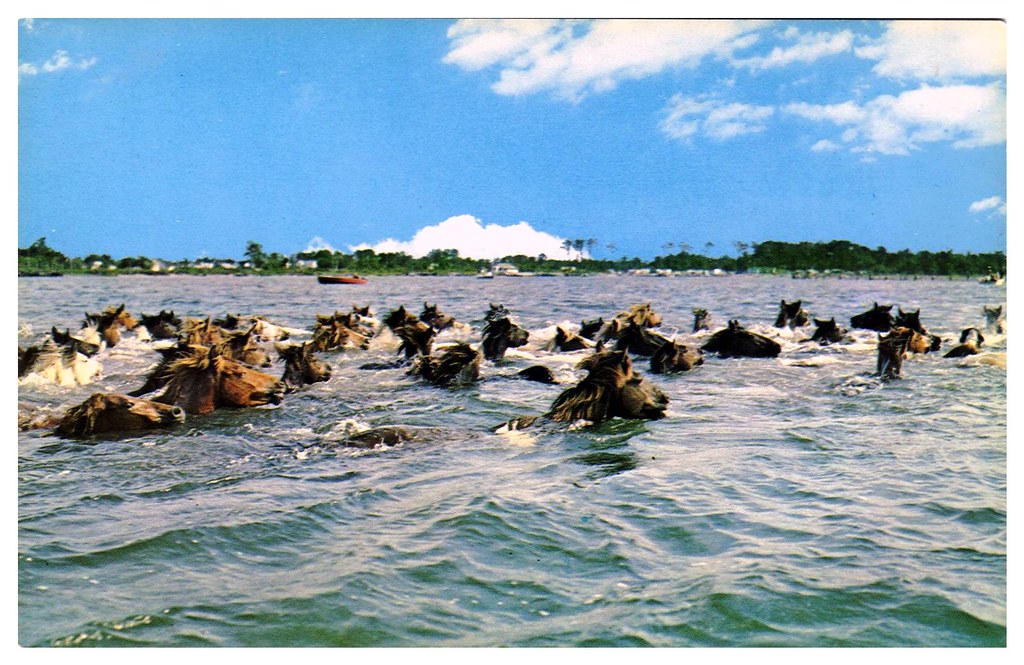
Water crossings often present significant challenges for young horses, who may be unsure about depth, footing, or the unusual sensation. Begin with very shallow water, even just puddles after rain or a tarp with minimal water on it to introduce the concept. Allow plenty of time for investigation, and never force a fearful horse into water, as this can create long-term phobias. Having a confident companion horse demonstrate crossing first can significantly reduce anxiety in your young horse. Consider using positive reinforcement by placing feed on the far side of small water obstacles to create motivation. For deeper crossings, ensure you know the underwater footing is safe before asking your horse to enter. Working through water obstacles builds tremendous trust, as horses must believe their handler wouldn’t lead them into danger—making success in this area particularly valuable for the overall relationship.
Bridges and Elevated Surfaces
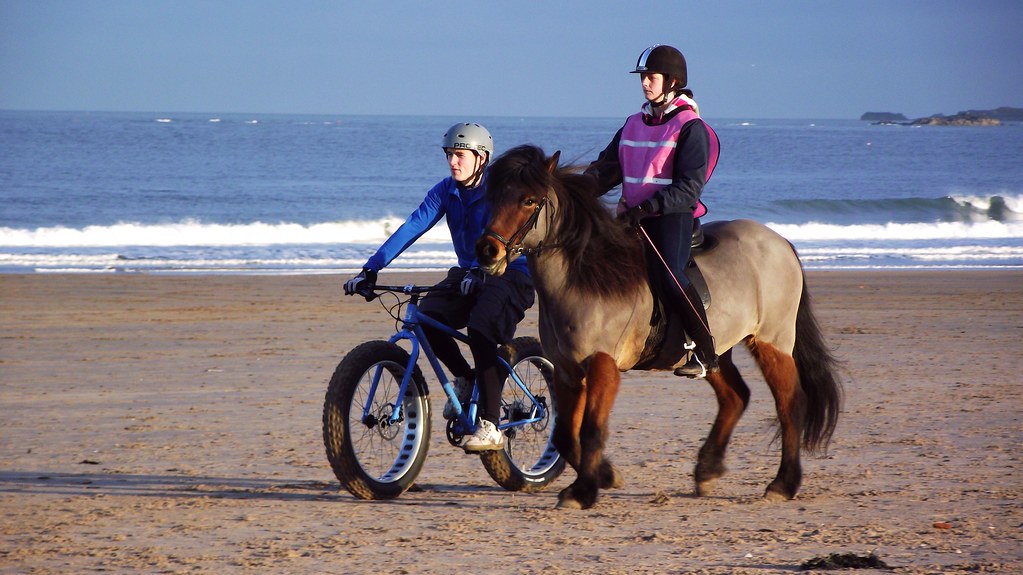
Bridges require horses to trust the surface beneath their feet will support their weight while often dealing with hollow sounds and slight movement. Start with a very solid, low bridge that’s wide enough for the horse to feel secure without risk of stepping off the sides. Approach the bridge straight on rather than at an angle, allowing your horse to thoroughly investigate the surface before attempting to cross. If your horse seems hesitant, try leading them back and forth alongside the bridge several times, gradually approaching closer to it. Some horses respond well to watching you demonstrate by walking across first while they observe. Breaking this obstacle into steps—first front feet only, then all four feet standing still, before finally walking all the way across—can make the process less overwhelming. Ensure your body language conveys confidence; looking down at the bridge or hesitating yourself will signal danger to your observant equine partner.
Dealing with Spooky Objects
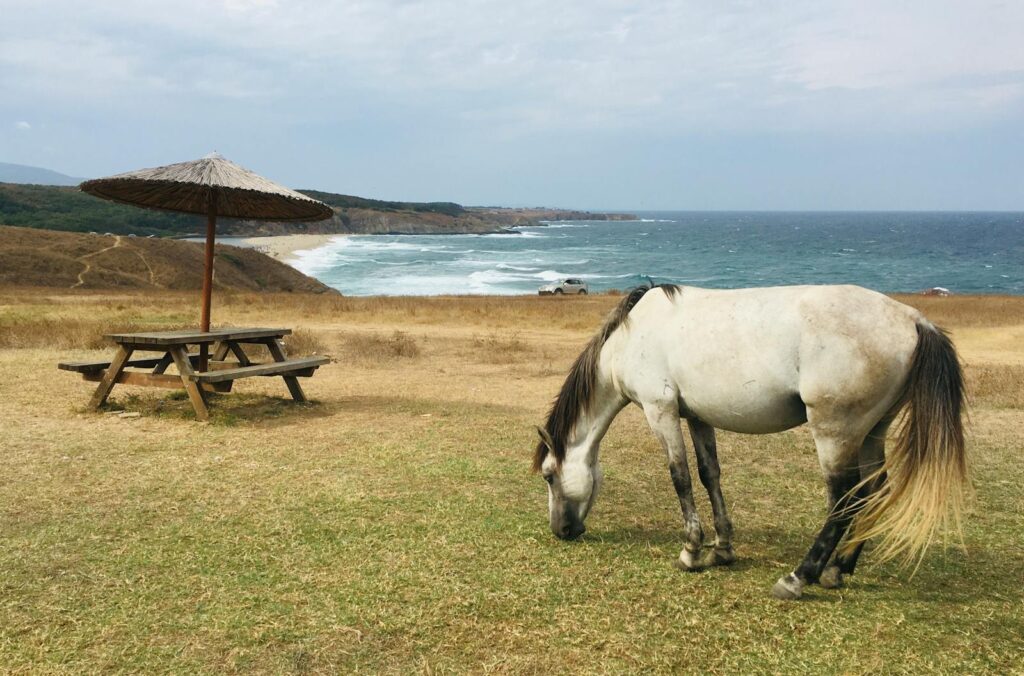
Flags, umbrellas, balloons, and other moving objects present unique challenges that prepare horses for unexpected encounters. Introduce these items from a safe distance, secured so they won’t suddenly move toward the horse and create negative associations. Work on stationary versions before adding movement—for example, have someone hold a flag still before gently waving it. Consider how these objects appear from the horse’s perspective; items overhead or moving in peripheral vision are particularly alarming to prey animals. For objects that make noise, introduce the sound separately from the visual if possible, gradually combining elements as the horse shows comfort with each component. Remember that forcing a horse to confront very scary objects can trigger their fight-or-flight response, potentially damaging their trust in you or creating dangerous situations. Instead, use systematic desensitization with extreme patience, celebrating small victories along the way.
Building Obstacle Courses
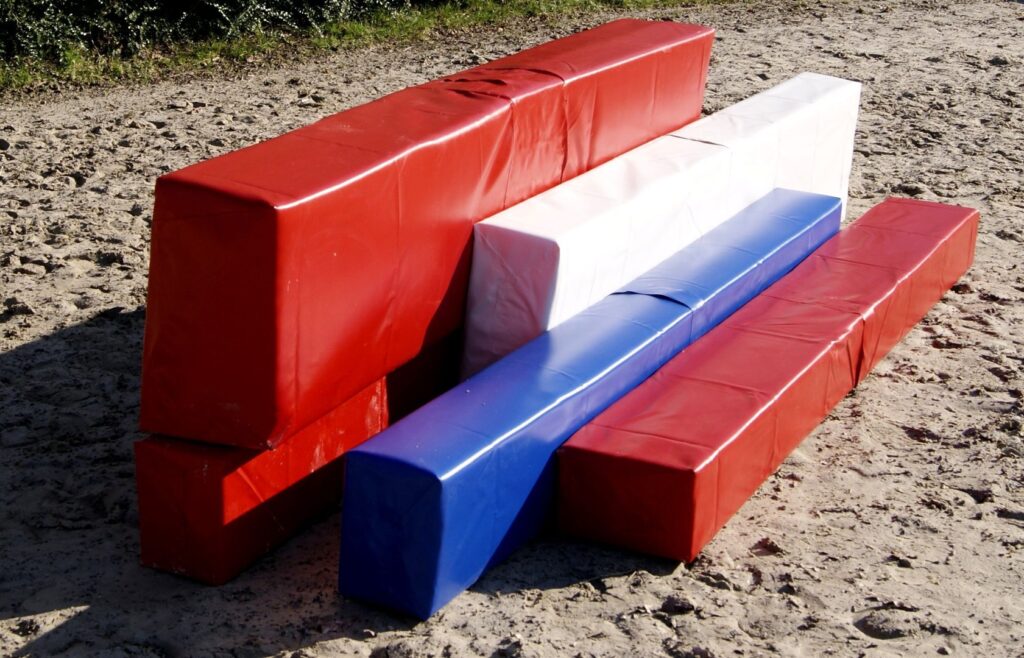
Once your horse accepts individual obstacles, combining them into courses creates mental stimulation and practical preparation for real-world scenarios. Begin with just two or three familiar obstacles placed with plenty of space between them, gradually increasing complexity as your horse’s confidence grows. Vary the sequence regularly to prevent your horse from simply memorizing a pattern without actually engaging with each obstacle. Consider incorporating realistic challenges like mailboxes, gates that need opening, or narrow passages between objects. Try leading from both sides and from different positions to ensure your horse truly understands each obstacle rather than just following your exact path. Obstacle courses also provide excellent opportunities to practice transitions between different paces and levels of collection, adding educational value beyond the obstacles themselves. Regular work through varied courses develops a horse that thinks through challenges rather than reacting emotionally to new situations.
Recognizing Signs of Stress and Fear
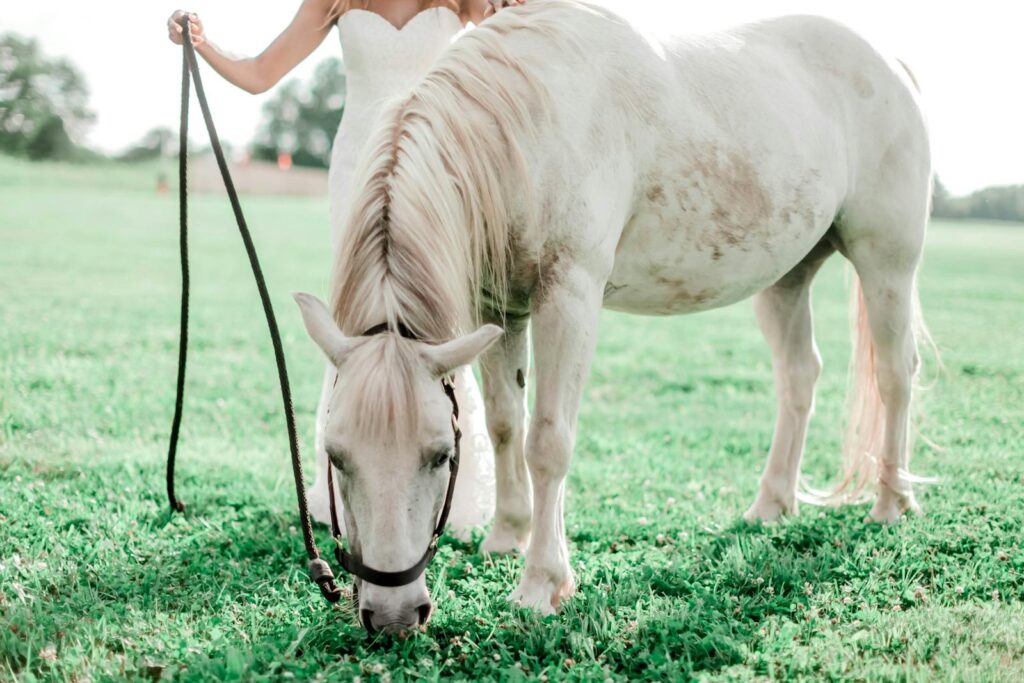
Learning to accurately read your horse’s body language prevents pushing them beyond their comfort zone into panic. Subtle stress signs include elevated head carriage, tense muscles around the eyes and muzzle, flared nostrils, and rigid body posture. More obvious indicators include tail swishing, pawing, backing up, or attempting to flee. If you notice your horse holding their breath or becoming motionless (freezing), they may be on the verge of an explosive reaction. These signals indicate you should immediately reduce the challenge level, perhaps by increasing distance from the obstacle or breaking the task into smaller steps. Forcing a frightened horse to face their fears can damage trust and create lasting negative associations with both the specific obstacle and training sessions in general. Remember that horses have individual personalities—some naturally approach new things with curiosity while others require much more time and reassurance to build confidence.
Progression to Mounted Obstacle Work
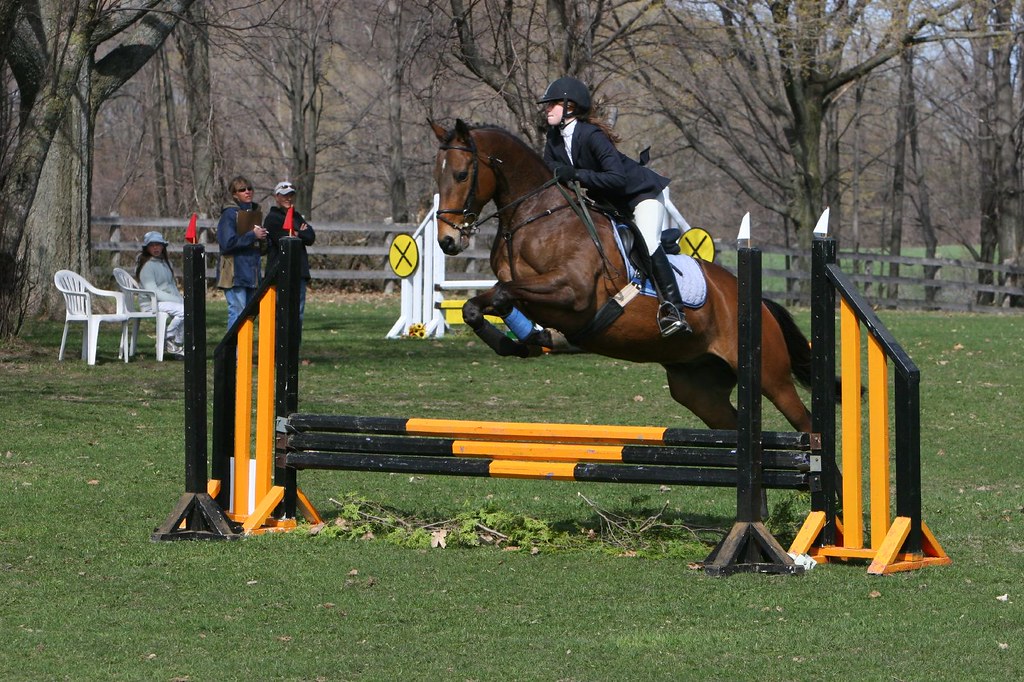
Once your horse confidently navigates obstacles from the ground, transitioning to mounted work introduces new dimensions of balance and communication. Begin by leading your horse through familiar obstacles with a rider mounted but not actively directing the horse. This intermediate step helps the horse understand that obstacles remain the same experience whether you’re on the ground or in the saddle. When beginning rider-directed obstacle work, return to the simplest versions of each challenge, as the horse must now process both the obstacle and your ridden cues simultaneously. Maintain clear, consistent aids and reward generously for successful attempts. Consider having an assistant on the ground for safety during initial mounted attempts at more complex obstacles like bridges or water crossings. Remember that ridden work requires the horse to balance both their own body and yours while processing the challenge, making this significantly more difficult than groundwork alone.
Maintaining Progress Through Consistency
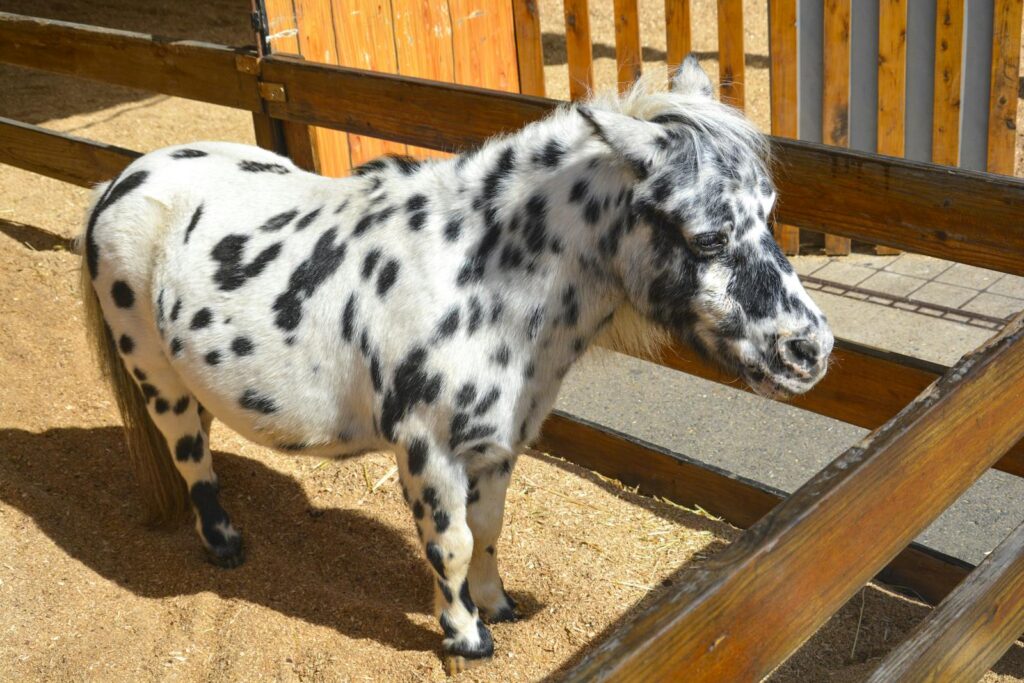
Consistent exposure to obstacles prevents regression and builds lasting confidence in your young horse. Incorporate some form of obstacle work into training sessions several times weekly, rather than intensive occasional sessions. Vary the specific challenges to prevent boredom while maintaining a foundation of familiar obstacles that reinforce success. Consider how weather, other horses, and environmental factors might affect your horse’s confidence—a windy day might require returning to simpler versions of previously mastered obstacles. Document your progress through videos or training journals to recognize incremental improvements that might otherwise go unnoticed. Remember that young horses, like children, may have developmental phases where they suddenly question previously accepted challenges—this is normal and requires patient reinforcement rather than punishment. Through consistent, thoughtful work, your young horse will develop into a confident partner capable of handling unexpected situations with trusting curiosity rather than fearful reactions.
Introducing obstacles to a young horse represents far more than simple physical training—it develops critical thinking, emotional regulation, and trust that will serve your partnership for years to come. By understanding equine psychology, progressing at the horse’s pace, and celebrating small victories, you create a confident equine partner ready to face the world’s challenges. Remember that the process is as important as the outcome; a horse that learns to think through obstacles rather than simply tolerating them becomes a safer, more reliable companion. Whether your ultimate goals include competitive trail challenges, cross-country jumping, or simply pleasant trail rides, the foundation you build through thoughtful obstacle introduction will support all your future equestrian endeavors.

